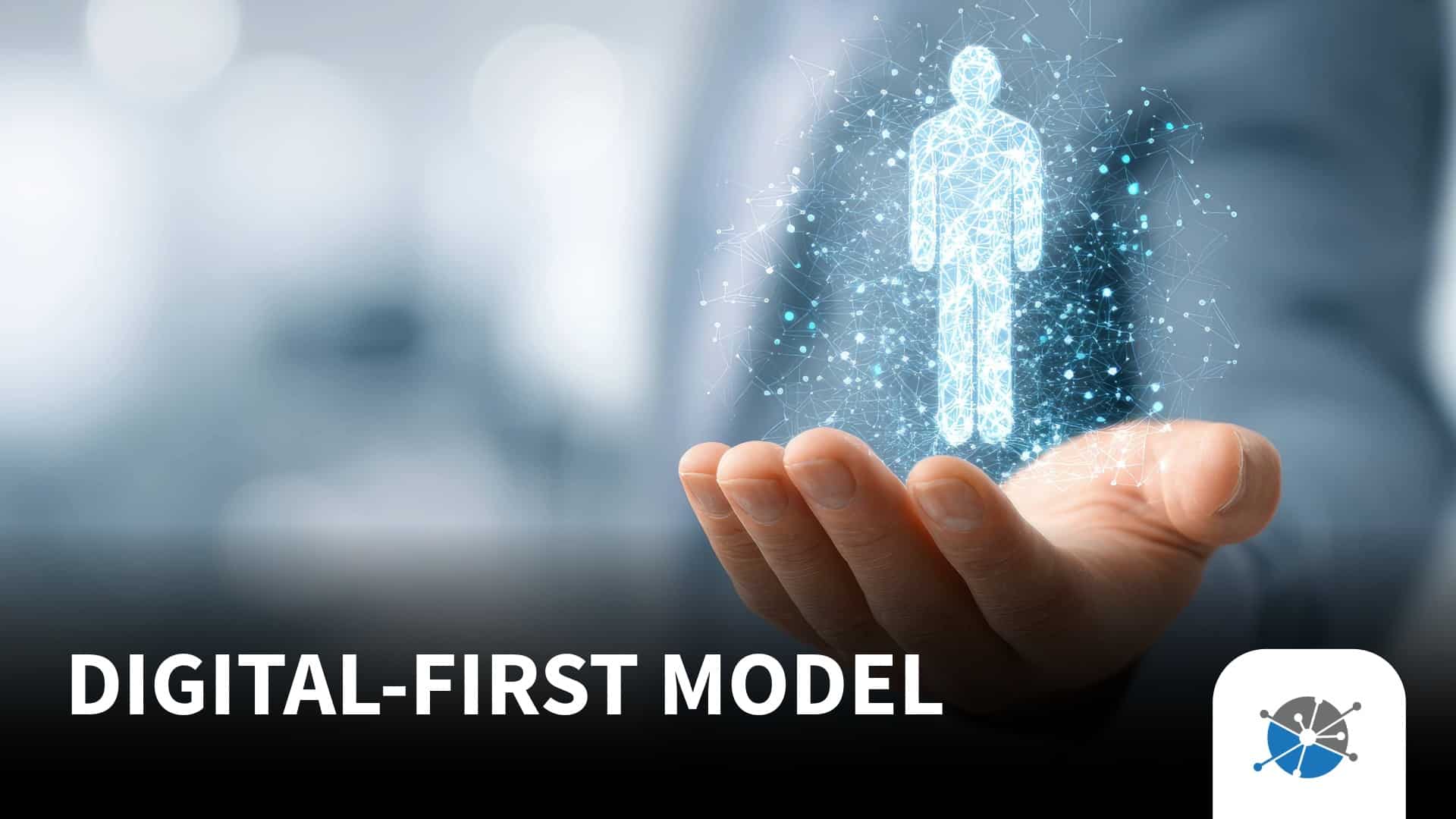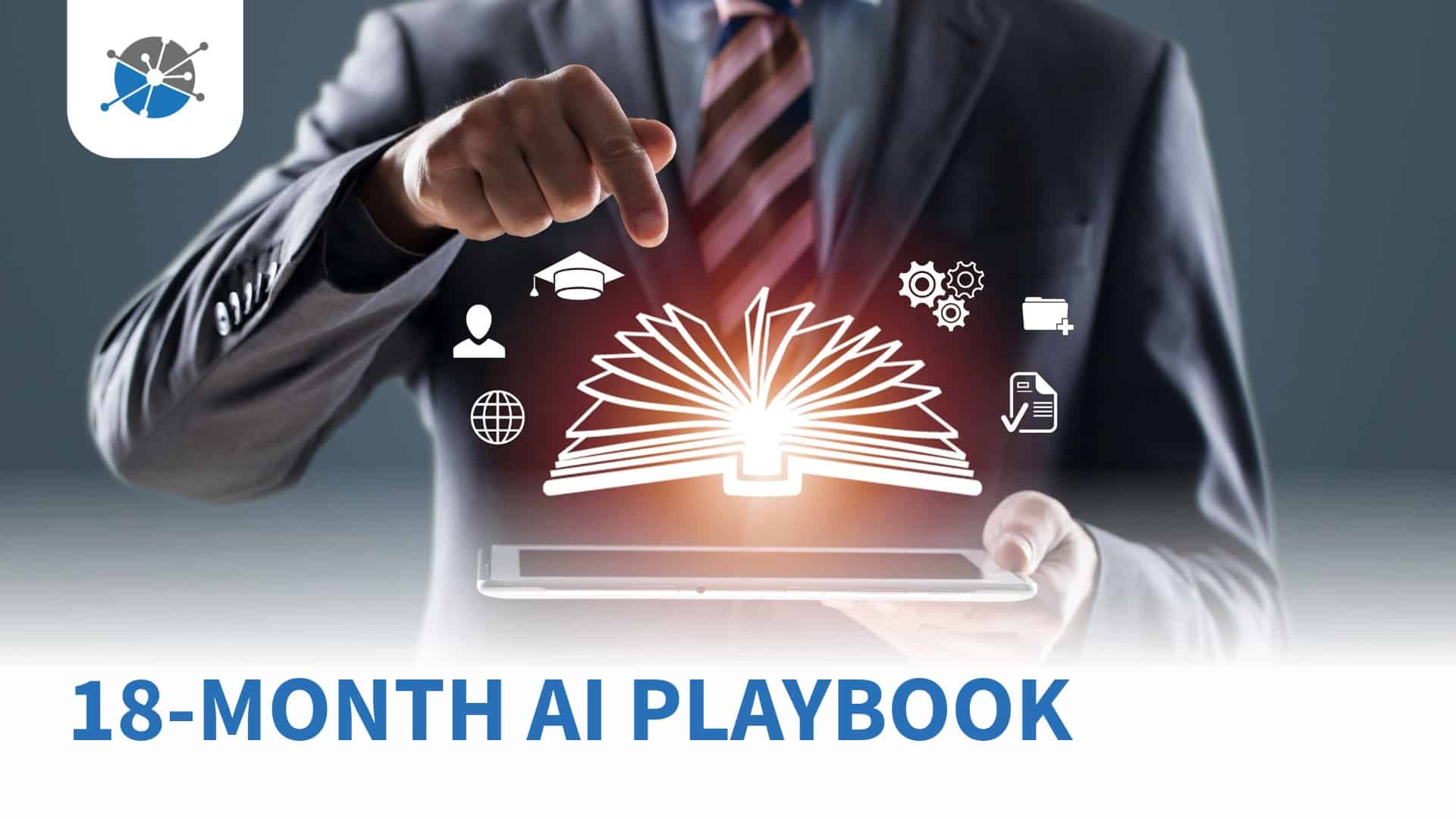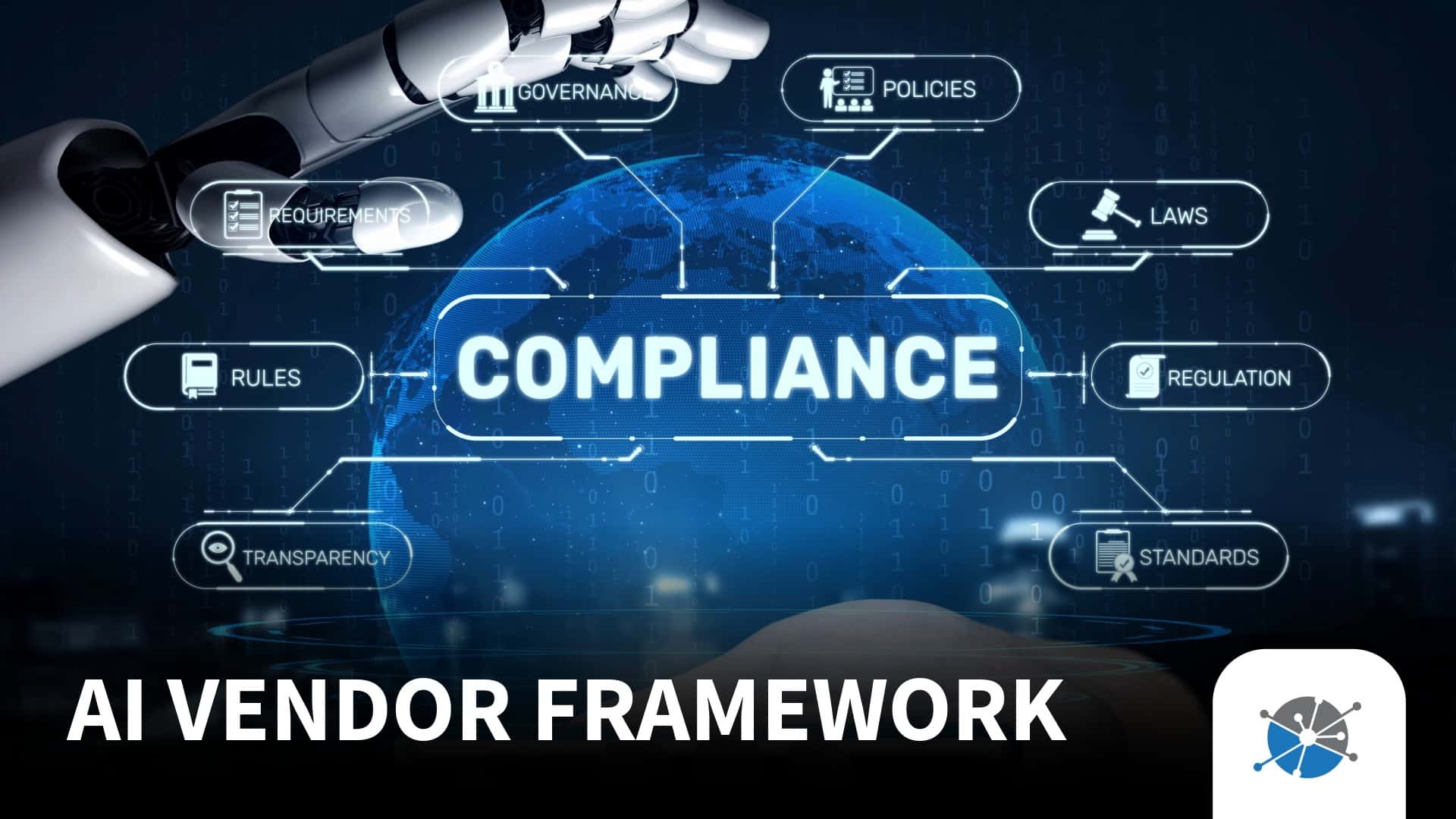
Best Practices For Deploying AI In Your Communications Strategy
Beginner’s Guide to Implementing AI Across Operations
Artificial Intelligence (AI) and Machine Learning (ML) are two of the biggest buzzwords across every industry. However, if there is one industry where AI truly has the ability to make a transformative impact, it’s debt collection.
Debt collection communications are evolving as fast as consumer preferences. As collections focus more on the “working” generation between millennials and Gen-Z consumers, it’s become increasingly clear that agencies and lenders must shift their focus towards a digital-first communications strategy. Let’s see how to operationalize AI to get all its benefits in the most streamlined manner.
Would AI alone cut it?
It’s vitally important to understand that AI is not the only vehicle for modernizing your digital communications strategy, but rather should be more akin to the steering wheel. So, as your organization looks to deploy AI, you must understand AI alone can’t solve all your problems; AI enhances your already digitized program. According to the TransUnion Datos Third-Party Collections Industry Report in 2023, only 11% of companies are actively using AI versus 40% that are exploring the opportunity. This provides early adoption opportunities for debt collectors that move quickly to utilize AI technology.
Marrying AI and consumer-centric strategy
Like every move in collections, shifting to an AI and ML focus for your communication strategy isn’t about the technology but rather the consumers. Do your consumers want AI? Typically, the younger your core consumers are, the more willing they are to interact with a chatbot that can accurately focus on helping them address their needs. And since the younger generations today will be the mainstream in the near future, AI is clearly a way to go. However, even the older generation also engages with the AI if it is used through the communication channel of their choice, like phone, and if it is deprived of any hiccups such as going off-topic or not proposing an appropriate solution.
The latter brings up another very important topic: the right use case. AI and ML can drastically improve your bottom line if used for the right use cases, one of which would be to use AI to negotiate payment plans. The entire debt collection cycle—from portfolio acquisition through payment plans—needs to be understood from start to finish. It won’t be possible to define the right use cases for AI without the appropriate visibility on consumers’ behavior patterns, and how they can be best approached by AI.
Machine Learning is of great help to read into the customers’ behavior and is an important prerequisite to any AI deployment. By implementing ML-based decisioning and behavior evaluation, your company will also iron out all the data-related issues, such as data scarcity, accessibility, and being siloed or muddy. It all starts with data, and you should pay due attention to the data management for the proper AI implementation.
How to make AI obey regulations and avoid complaints?
Another important aspect to consider is the regulations and compliance. If not implemented with the proper guardrails, the AI processes may start evolving beyond the scope of current regulations, which might result in a tricky legal battle that you probably won’t win.
It is important to understand that AI is not just a chatbot, but is the whole framework that includes the data management, analytics and modeling, digitization and RPA (robotic process automation), as well as the methodology and policies designed by professional compliance officers and CX experts.
If lacking in professional development and design, customer complaints may be resultant of not only sheer compliance breaches, like late communications and wrong language, but also the look and feel of customer communications.
Proof of Value as a bedrock of success
It’s vitally important that whomever you use for deploying AI gives your organization an appropriate proof of value on a small sample. Whether it’s one segment or a combination of various segments to represent the whole portfolio, test out how the AI works on each segment in your operation before scaling up.
Is there a place for humans-in-the-loop in the new paradigm?
No matter how well your AI works and how advanced your technologies and ML models are, in today’s world there will always be situations when the customers cannot formulate their needs or the decision engine is simply not trained for certain use cases. So, what should you do with these unsuccessful AI attempts? As a long-term solution, you should definitely review the concentration of unsuccessful attempts by intent type and keep adding these intents to your AI toolkit, but as a quick fix you can simply redirect these communications to the live call center and convert unsuccessful AI attempts into fruitful inbound calls. That will also allow you to optimize your agents’ handle time, as all the pre-verification would have been done by the AI.
Is AI equal to Advanced chatbot?
We all know that digital communications provide a 24/7 customer service option that is fairly unbeatable. Giving your consumers the ability to work out problems, navigate payment plans, and pay down their overdue accounts on their own terms is vital for staying ahead of your portfolios, but customer communications is not the only area of AI implementation. AI purpose of use is far more comprehensive than just a vehicle for customer communications.
One of the use cases where AI comes handy is agent assistance, where AI captures notes and gives hints to the agent online while the agent is talking to the customer. AI can also recognize hand-written text, parse it, extract the required information, store it in the database and provide various insights based on it. As you can see, your creativity is the only limit. However, each use case requires its own customization and preparation, which may also include additional technologies, so you should always conduct a cost/benefit analysis before expanding the AI footprint.
Is AI truly intelligent?
The last step to AI deployment is what pops up in our heads first when we think of AI—the self-learning capabilities. AI and ML tools do have the capability to self-automate and learn your processes to the point where 90%+ of all your communications can get resolved digitally, but such a success rate doesn’t come out of the box.
Building your processes is for your entire organization’s benefit, but also the benefit of the AI and ML program. If there isn’t enough data, the data is not correctly organized, or there are too many changes in your collections policy and process, the AI won’t be able to capture all the information necessary to develop its automated learning processes.
Fundamentally, this step is still what we’d call a “pipe dream.” It is there, and many organizations are dipping their toes into this side of ML, but don’t expect it out of the box. Focus your AI deployment on the steps and use cases above, and then explore new and innovative ways to curate your AI experience.
Discover more about deploying AI
This is an exciting time in collections. Correctly deploying AI and ML into your operation has the ability to save you thousands of dollars while simultaneously growing your portfolios through advanced payment plan strategies. But, do not explore AI without making the correct first steps. To learn more about this entire process, spend some time and watch our Receivables Info Webinar with Dan Yakimenko, Head of Debt Collections Industry Solutions at EXL. This invaluable information will help drive your AI strategy for years to come.
About EXL
EXL is the indispensable partner for leading businesses in data-led industries such as insurance, banking and financial services, healthcare, retail and logistics. We bring a unique combination of data, advanced analytics, digital technology and industry expertise to help our clients turn data into insights, streamline operations, improve customer experience, and transform their business.
Our partnerships with clients are built on a foundation of collaboration – and we’ve been chosen as a partner by nine of the top ten leading US insurance companies, nine of the top 20 global banks, and six of the top ten US health care payers. We function as one team to make your goals our goals, whether that’s unlocking the value of generative AI or embedding analytics into workflows that reduce risk or power your growth. With a global talent pool more than 50,000 employees strong, we’re able to be where you need us to be.







